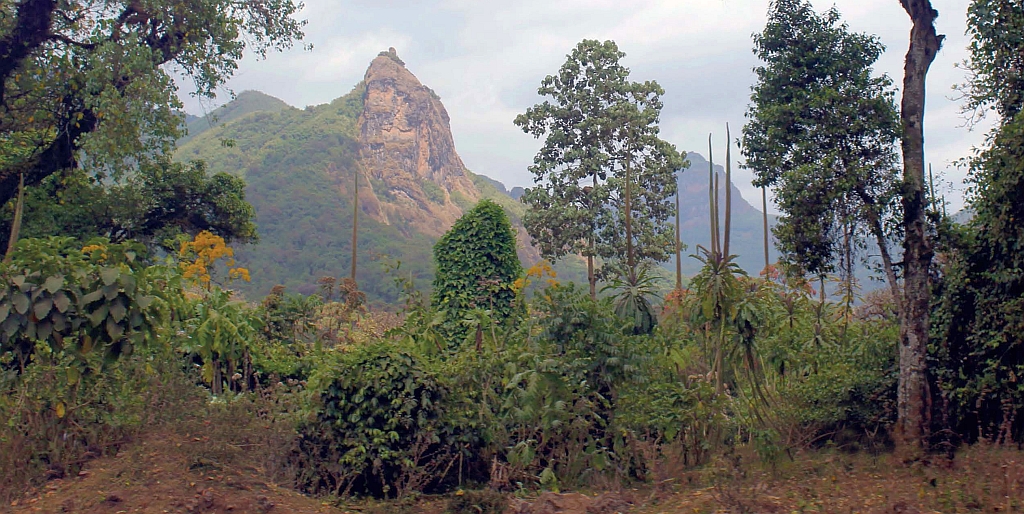How to pay for watershed rehabilitation
- From
-
Published on
23.08.18
- Impact Area

Smallholders in the Ethiopian highlands pay a high price for reduced land productivity caused by soil erosion. According to data from some watersheds in the Blue Nile River Basin, the bill comes to more than half of farmers’ average annual income. Communities and cities downstream also pay a high price through shortages of water for domestic use, irrigation and energy generation, as sediment from the highlands gradually fills waterways and reservoirs, while also degrading water quality and increasing the risk of floods.
So goes the argument for investing heavily in continued rehabilitation of Ethiopia’s watersheds. The country has a long history of commitment to this endeavor, as described in a new IWMI working paper. Another new study, conducted by IWMI scientist Fitsum Hagos and four colleagues, addresses the question of how to finance future investment in watershed rehabilitation. Titled Investigation of the Modalities for an Innovative Financing Mechanism for Participatory Natural Resource Management in the Bale Eco-region, Ethiopia(Working Paper 181), this study, funded by the European Union (EU), and the other one were conducted as part of the CGIAR Research Program on Water, Land and Ecosystems (WLE), with support from CGIAR Fund donors.
Related news
-

Reinventing Kenya’s Snack Future with Dryland Grains
International Crops Research Institute for the Semi-Arid Tropics (ICRISAT)21.11.25-
Nutrition
-
Poverty reduction, livelihoods & jobs
Faces of Impact - Video Feature Story On a quiet backstreet in Mihango, Kenya, the…
Read more -
-

ICRISAT’s Solar-Powered Water Hyacinth Harvester Recognized Among India’s Top 100 Innovations of 2025
International Crops Research Institute for the Semi-Arid Tropics (ICRISAT)18.11.25-
Environmental health
-
Poverty reduction, livelihoods & jobs
ICRISAT's Novel Solar-Powered Water Hyacinth Harvester has now earned a place in the prestigious To…
Read more -
-

Australia partners with International Livestock Research Institute to upskill researchers from Africa and Asia
International Livestock Research Institute (ILRI)13.11.25-
Food security
-
Poverty reduction, livelihoods & jobs
Australia has joined forces with the International Livestock Research Institute (ILRI) to support th…
Read more -
